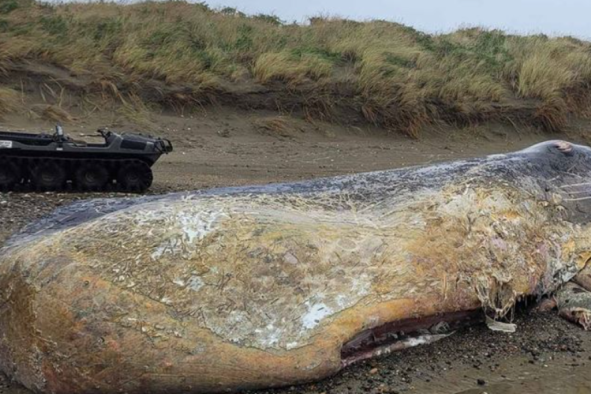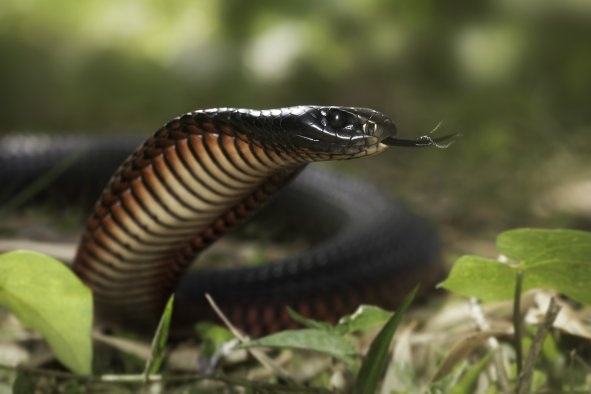Sea turtles caught as bycatch are suffering from the bends, scientists have found.
Most sea turtle species around the world are endangered. This is largely due to commercial fishing activities that accidentally catch the turtles in their nets. This is known as bycatch.
Even if the sea turtles are seemingly without injury, a new study by researchers at the University of North Carolina at Chapel Hill found gas emboli in these turtles, a condition in which abnormal gas forms in their organs. This is also known as "the bends." The bubbles develop when the turtles come up to the surface too quickly while caught in the net. It's a serious condition and can lead to organ damage and death.
The researchers reached their findings by carrying out ultrasounds on the sea turtles across Brazil, Italy and Spain. Katherine Eltz led the research, along with veterinarians onboard fishing boats who measured the gas levels on caught turtles in real time.
"It is likely that gas embolism pathology could arise in other species, but it is similarly hard to study this due to limited access and likely underreported," Eltz told Newsweek.
"Veterinarians can examine whole-body MRI or X-ray scans and find specific bubbles in a variety of different organs," Eltz continued in a statement. "The benefit of ultrasound is that we can see bubbles flowing through vessels or stationary in tissues. The portability of ultrasound means that it can be brought onto fishing boats, which we took advantage of to collect half of the data used in this project."
Eltz found that the brightness of the ultrasounds was a valuable metric into the severity of the gas, the study reported. The brightness indicates which turtles may need treatment with oxygen before being released. These turtles could then be saved.
The researchers hope that the findings will help the treatment of sea turtles in the future and help ensure safety of the species.
"[This research] is important for conservation purposes as turtles are endangered," Eltz told Newsweek. "Better understanding how the gas evolves over time in different organs and how this looks on ultrasound could help us understand when releasing the turtle into the water would be sufficient for the gas pathology to resolve, and conversely when treatment in a hyperbaric chamber is necessary for the animal to survive."
The work will be presented at a joint meeting of the Acoustical Society of America and the Canadian Acoustical Association on May 13.
Eltz now hopes to continue looking into other factors that indicate gas severity.
"The work that I have done to date used previously acquired clinical turtle data and I found that there was a significant difference in gas amounts in different tissues over time," Eltz said. "Next our team would like to better quantify the ultrasound imaging features involved, and standardizing organ acquisitions to specific views and consistent settings could help."
Do you have a tip on a science story that Newsweek should be covering? Do you have a question about sea turtles? Let us know via science@newsweek.com.
Disclaimer: The copyright of this article belongs to the original author. Reposting this article is solely for the purpose of information dissemination and does not constitute any investment advice. If there is any infringement, please contact us immediately. We will make corrections or deletions as necessary. Thank you.



